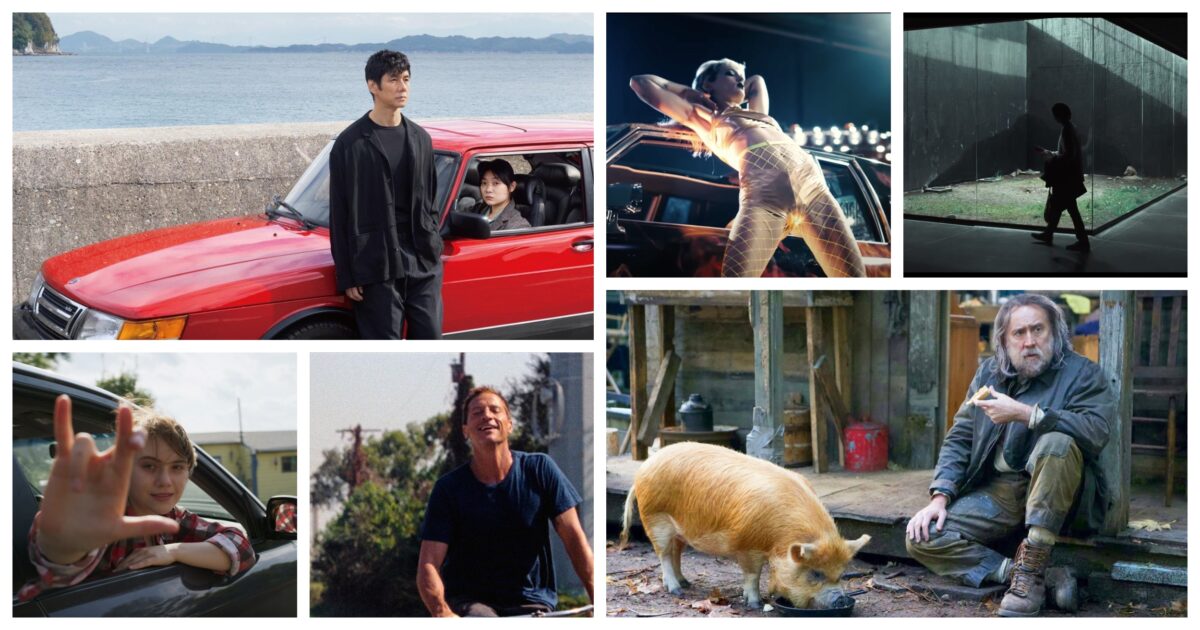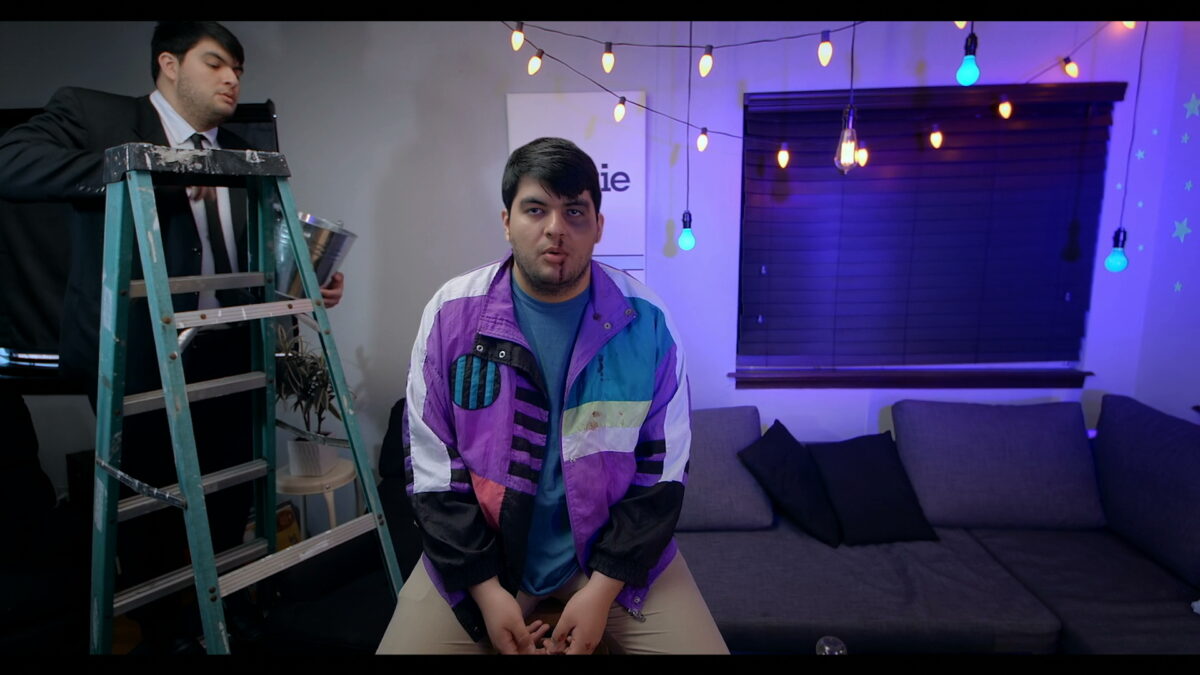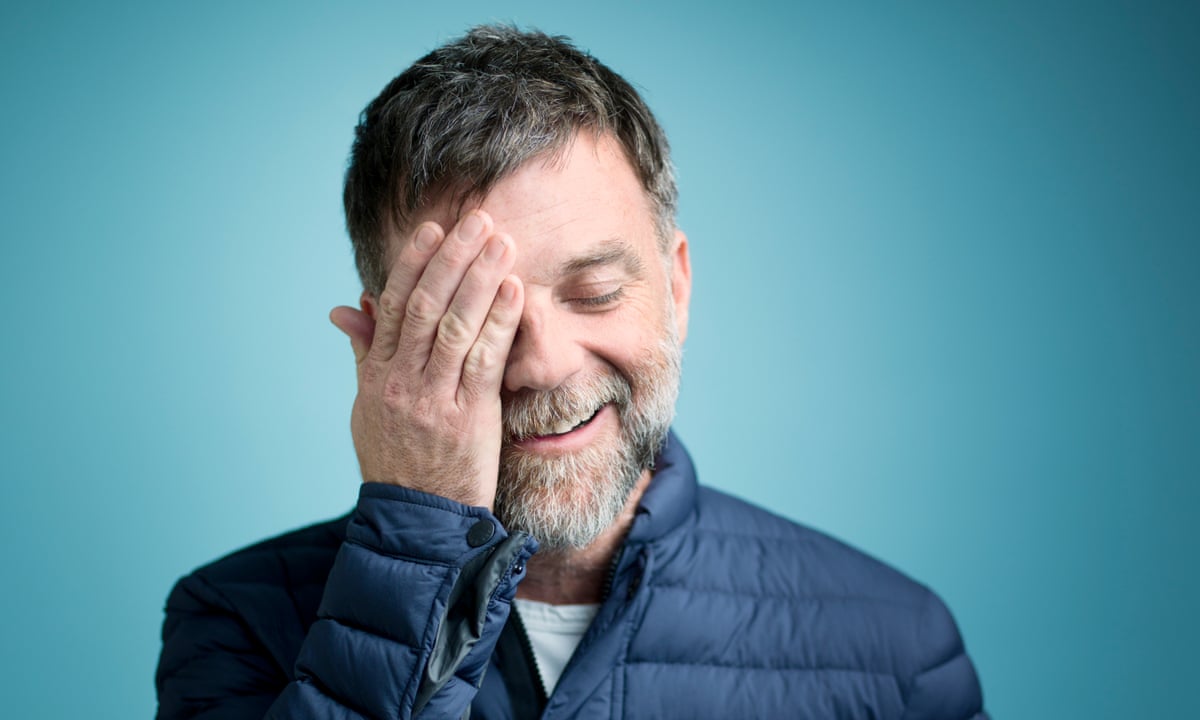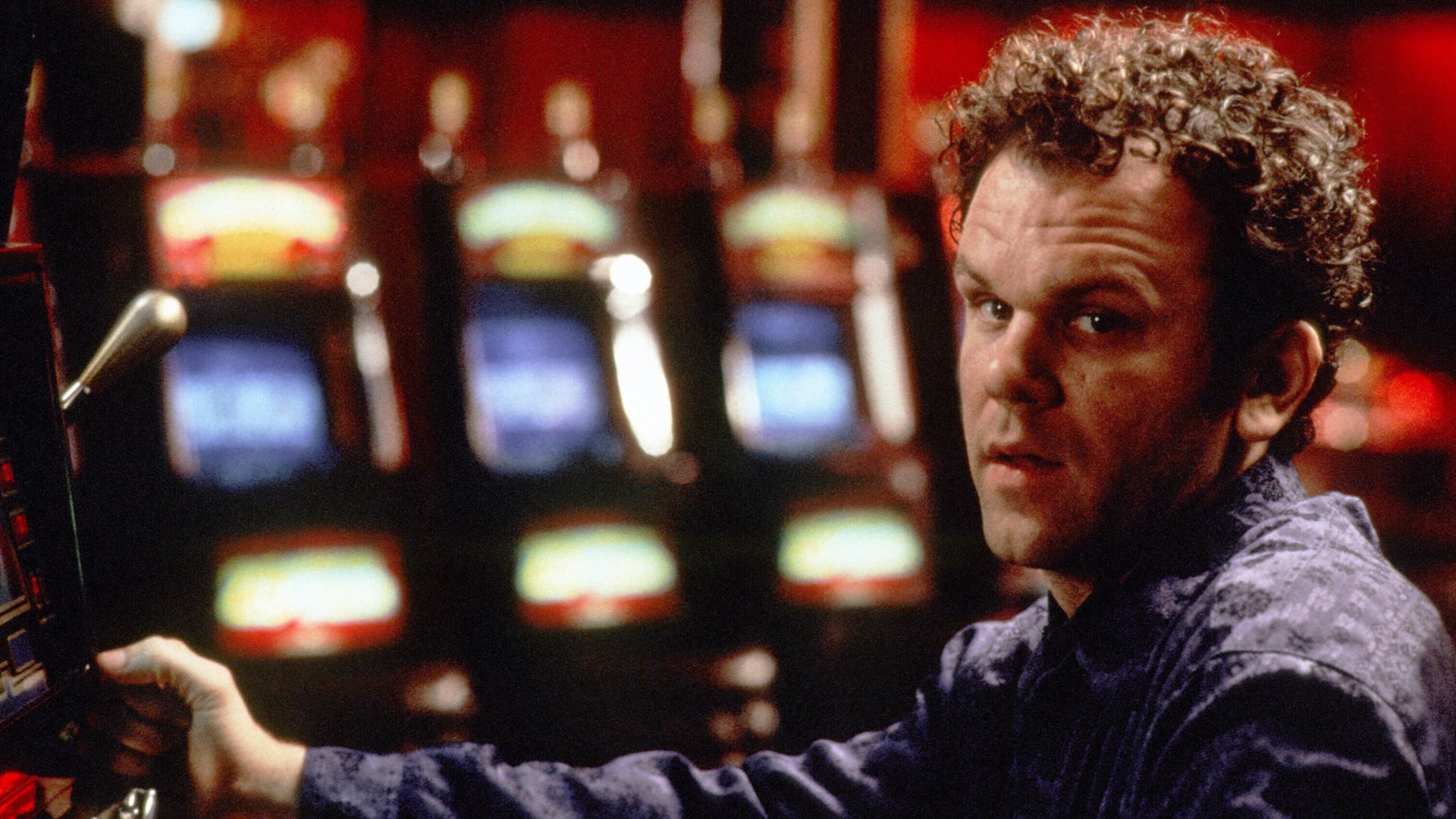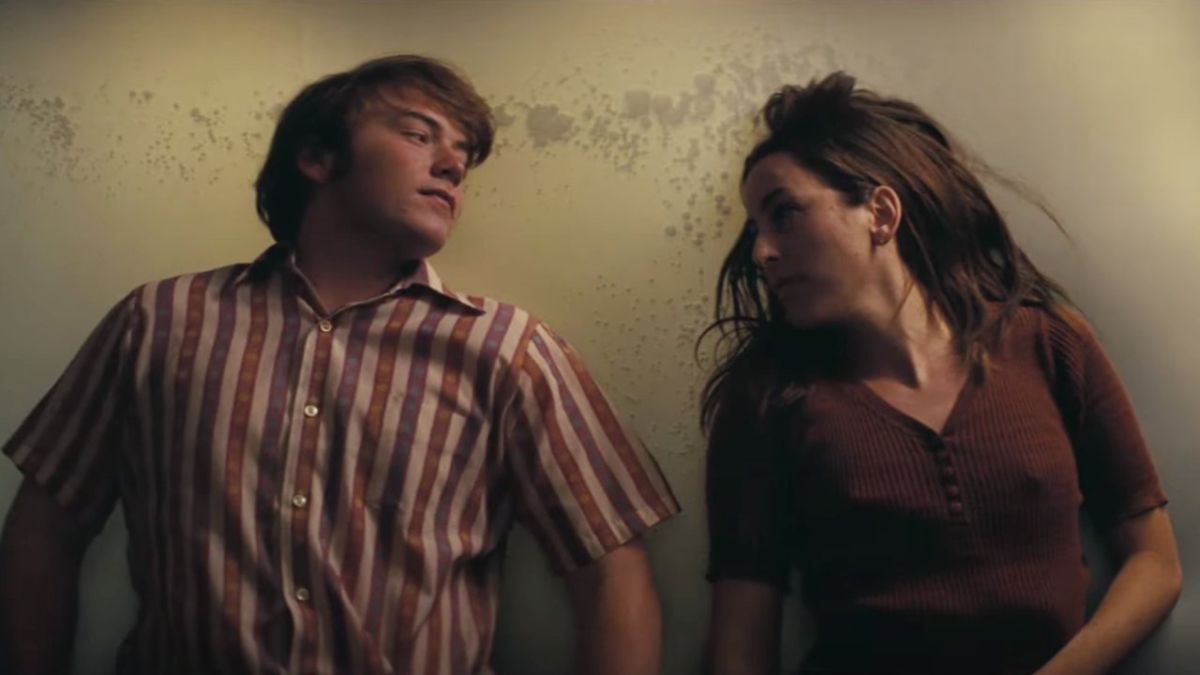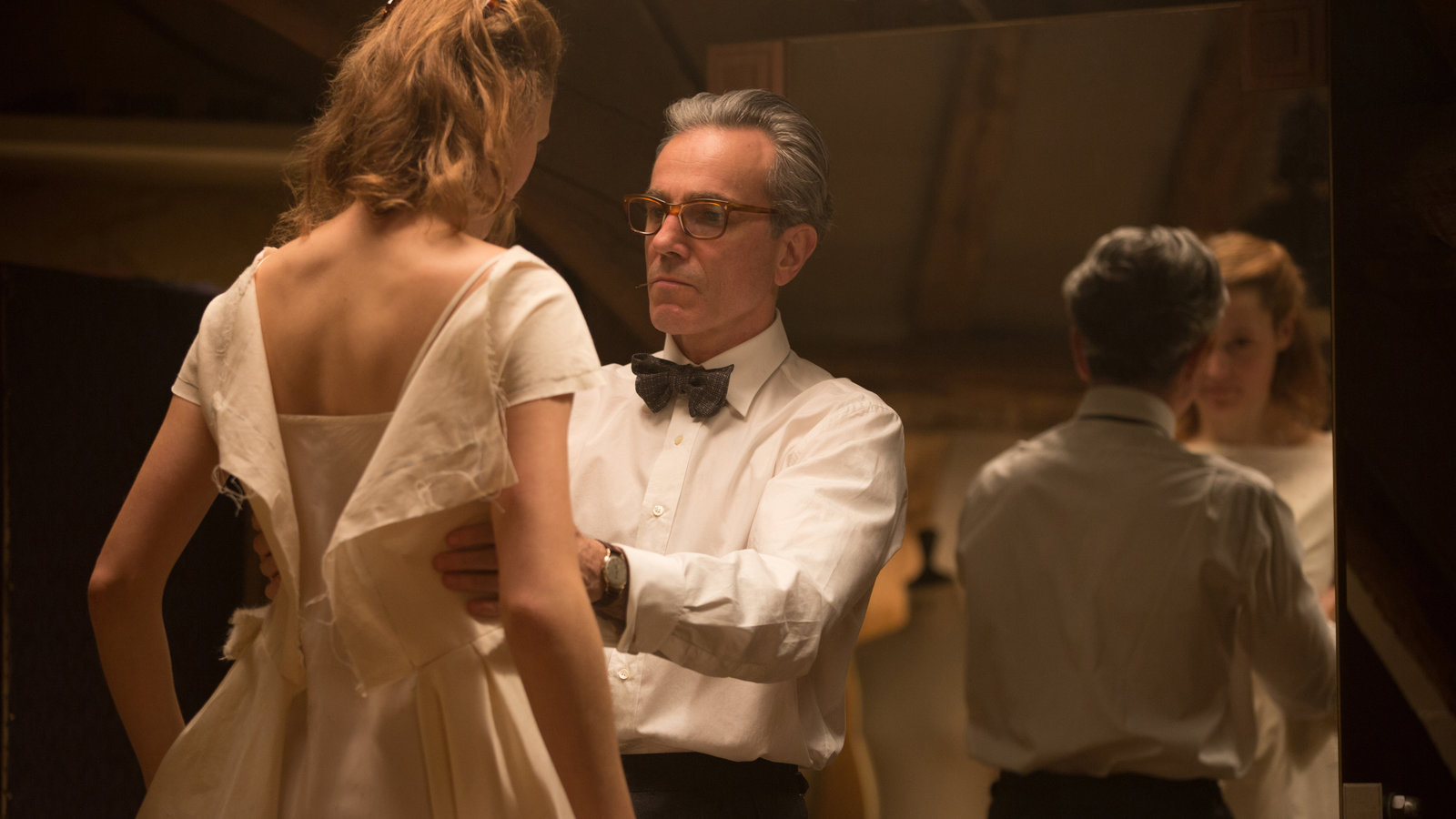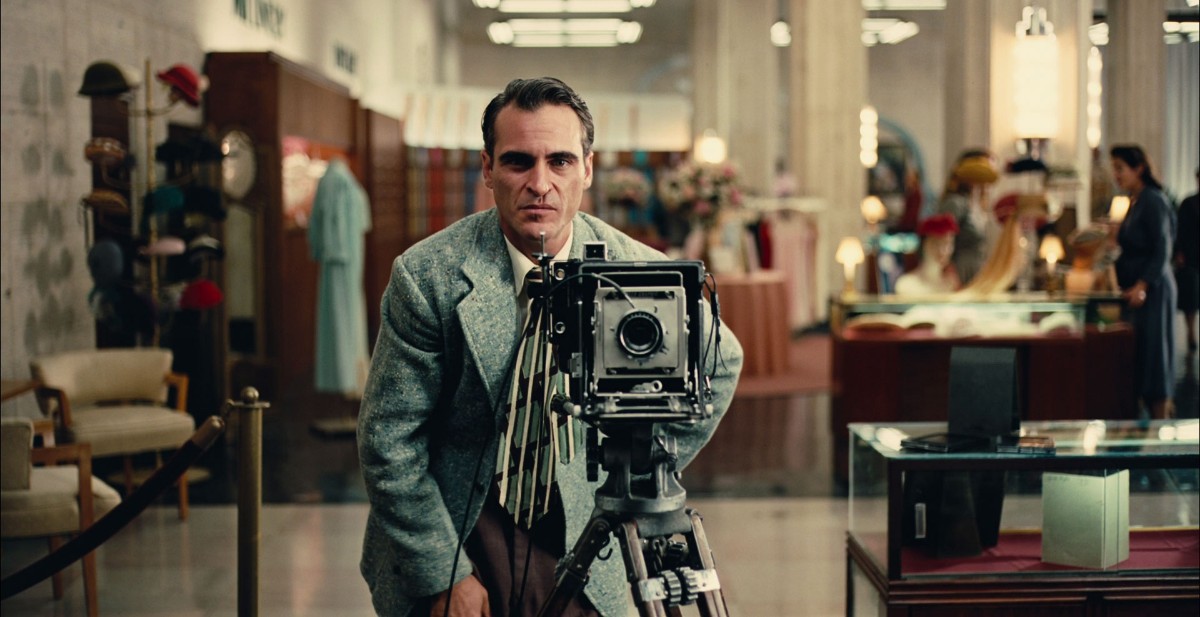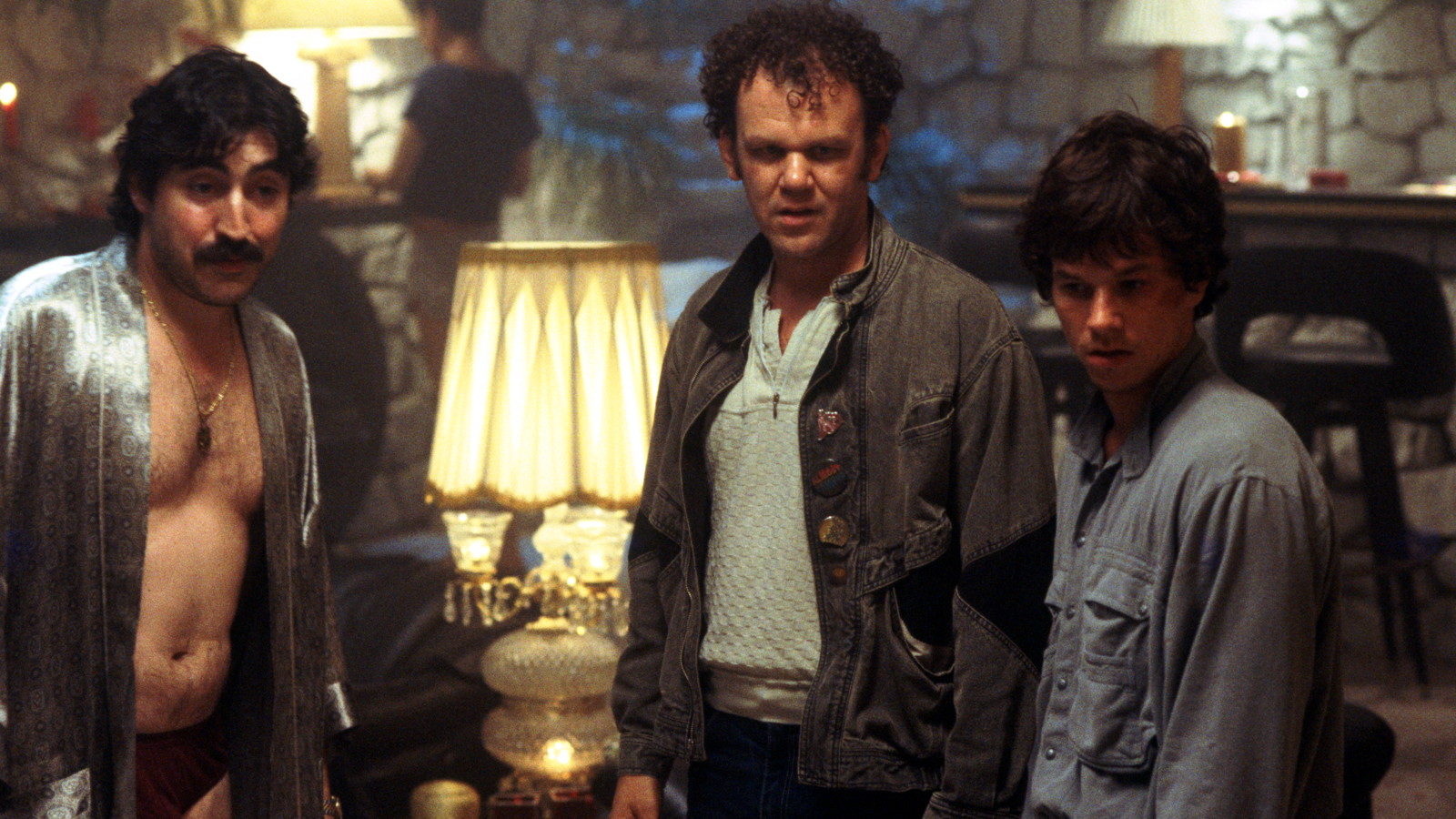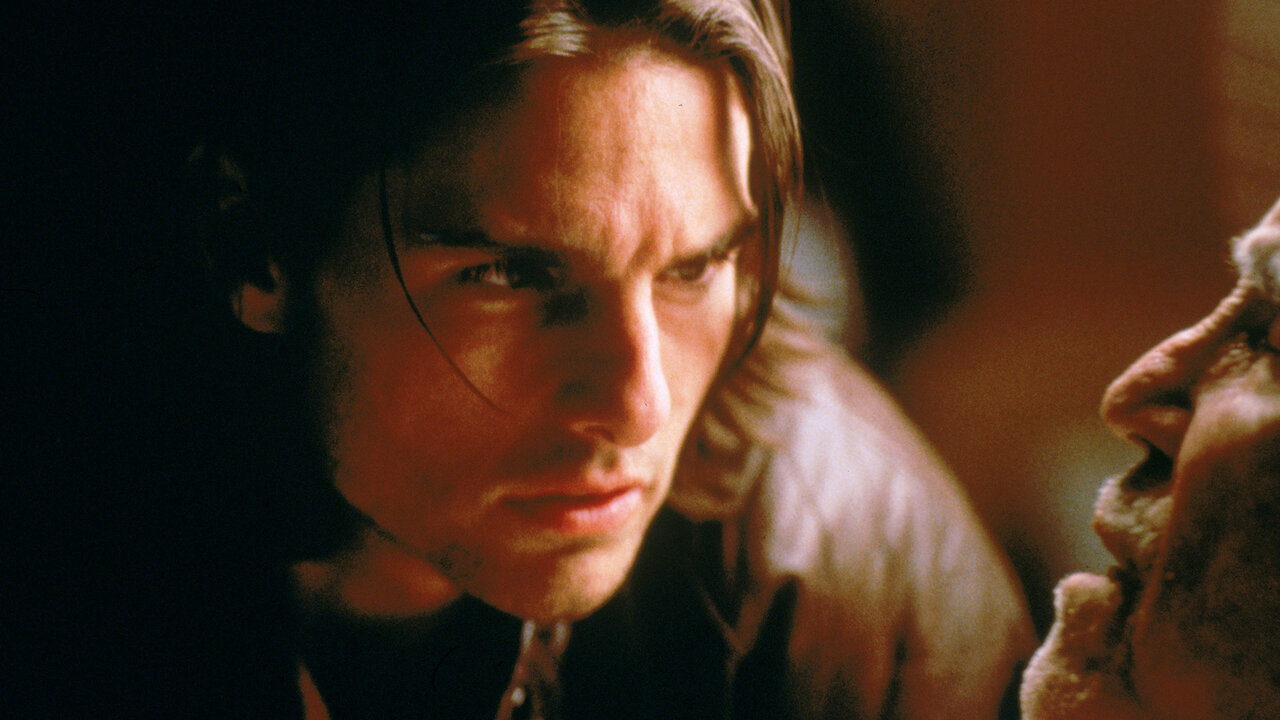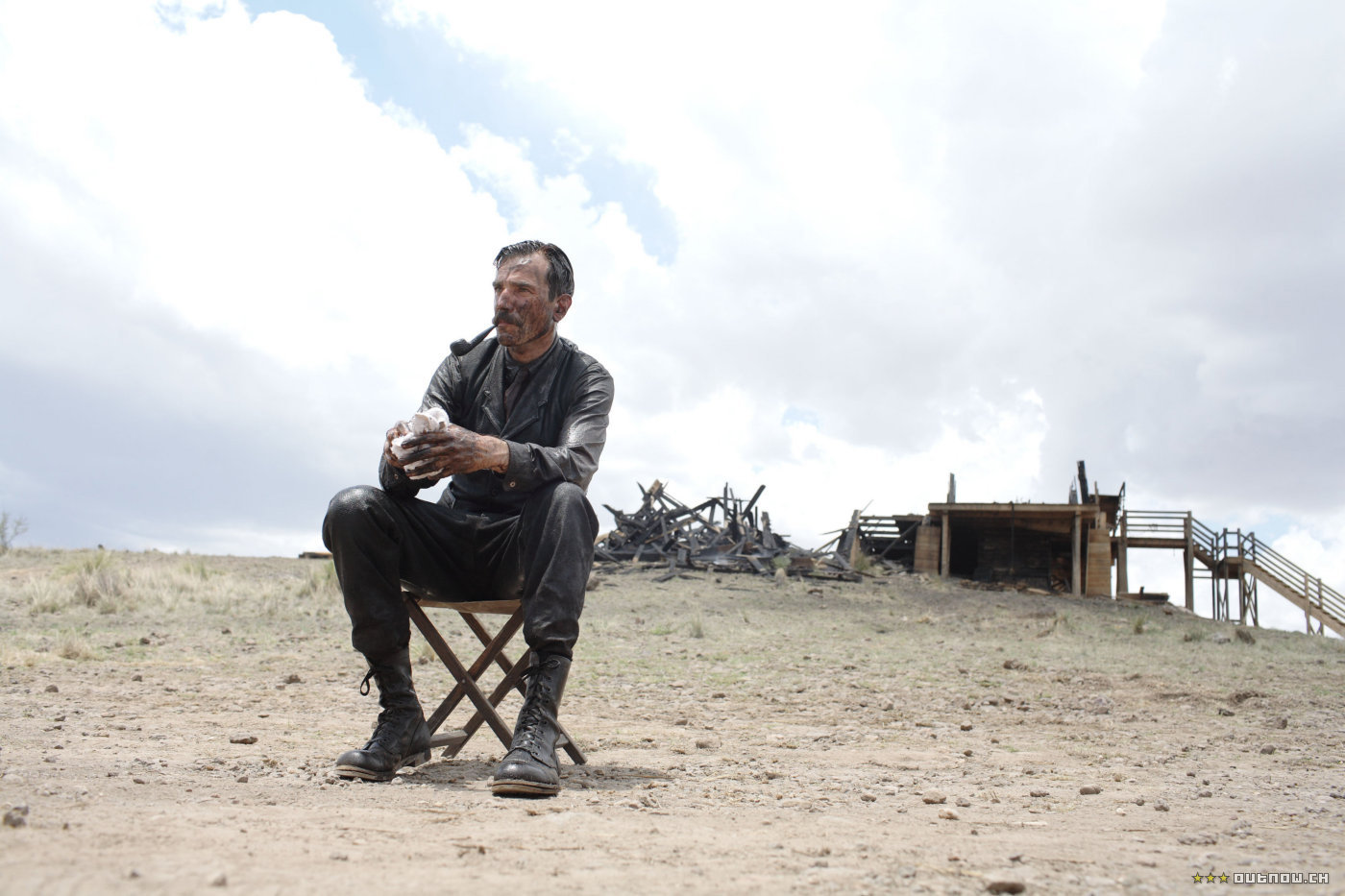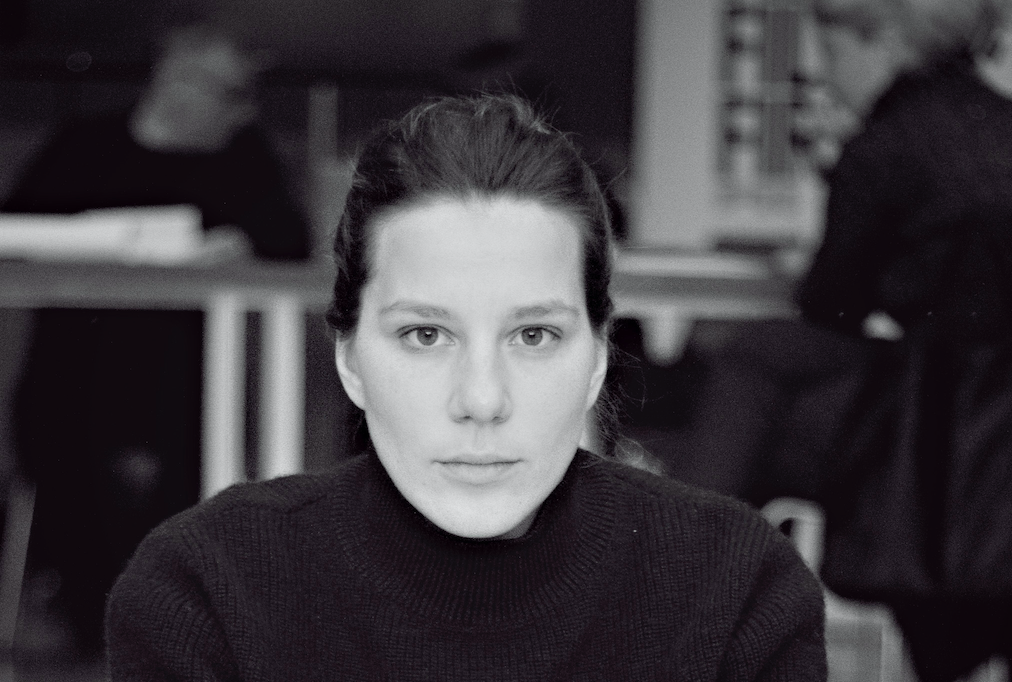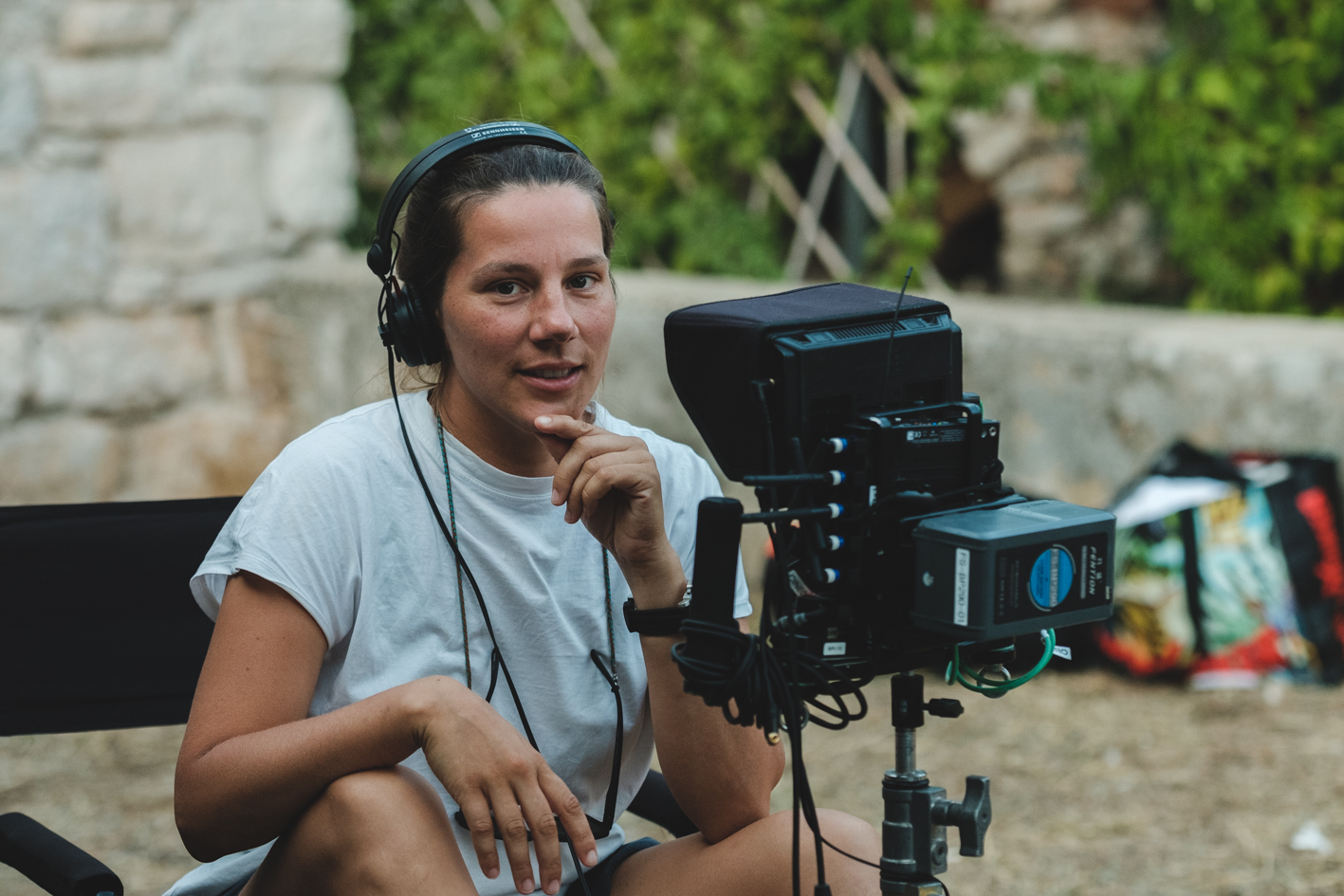The last pandemic cinema had to face was the Spanish Flu which lasted from 1918 to 1920. The film industry was not what it is today, and 100 years later, it faces the same threat. But cinema has forever existed in a state of flux – the art of telling stories will never go away. And after a blistering 2020, 2021 had to once again reintroduce audiences to theaters. From Sundance to Cannes, and Zola to No Way Home, this year delivered films from PTA, Del Toro, Campion, Ducournau, Villeneuve, Baker, Coen, Wright, Anderson, Mills, Trier, Sciama, Scott, Wachowski, Lord & Miller, Spielberg, Verhoeven, Schrader, Hayes, Wheatley, Larraín, Weerasethakul, and Hamaguchi. So as we say every year: if you didn’t think it was a good year for films, than you didn’t see enough. Here are the best films of 2021.
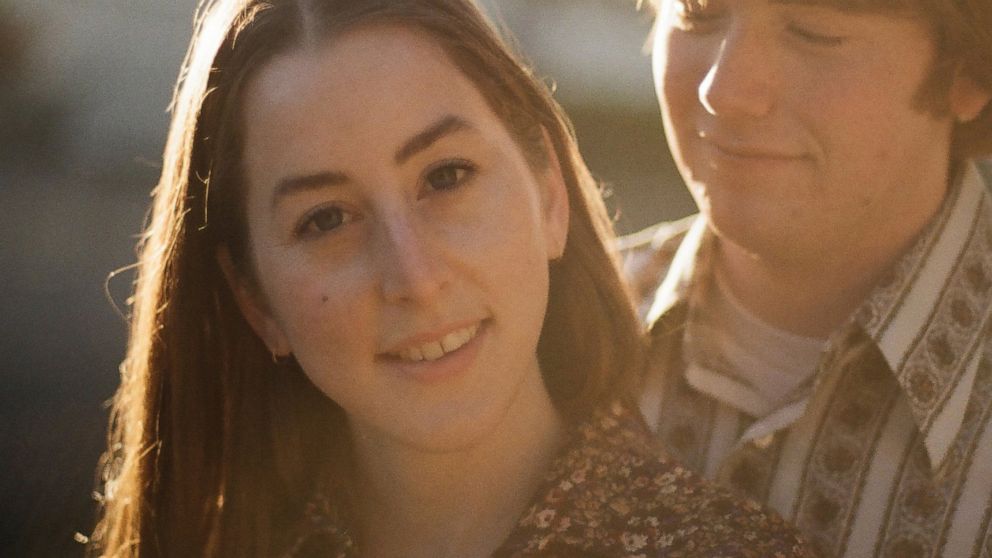
10. LICORICE PIZZA
Occurring chronologically sometime between Inherent Vice and Boogie Nights, Licorice Pizza returns Paul Thomas Anderson to the San Fernando Valley in the middle of the oil crisis and a mayoral election. Once again assuming the role as cinematographer, Anderson captures the back-lit, sun-drenched aura of ‘70s Southern California as a backdrop to a relationship between a 15 year-old child actor and a 25 year-old career-less girl. The film’s sporadic set pieces stack on top of one another making for one of the year’s more memorable moviegoing experiences and ended up packing select theaters when they needed it most.
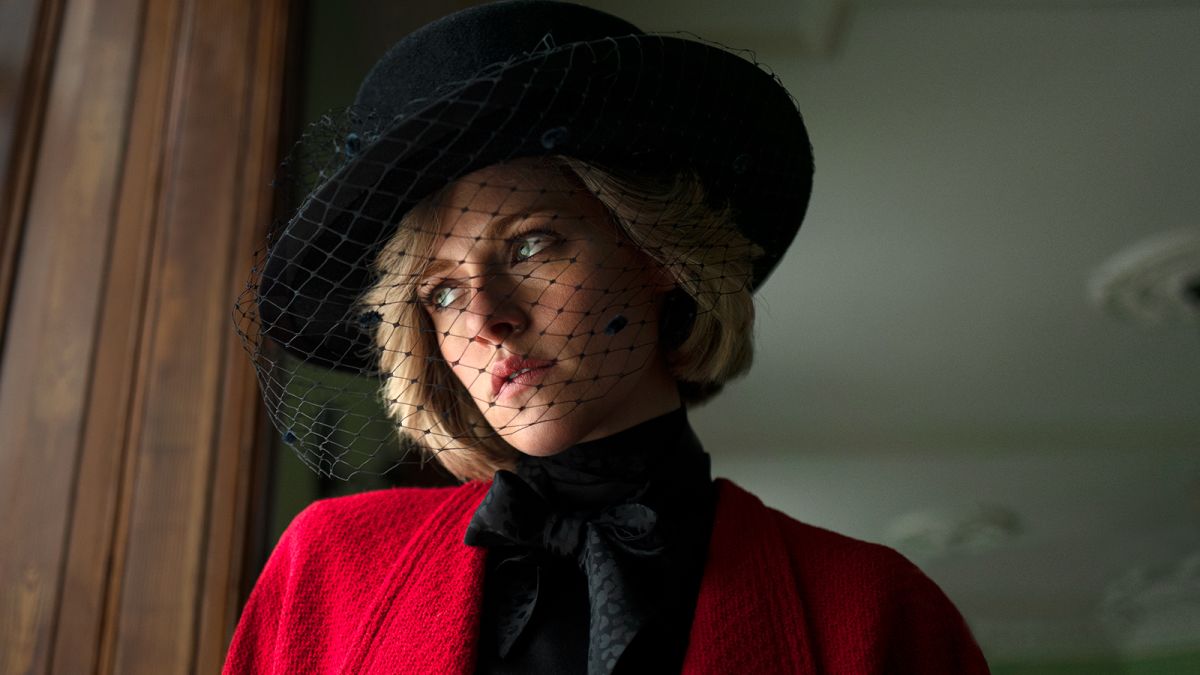
9. SPENCER
A biopic on Princess Diana has been coming for some time now, and Pablo Lorrain’s portrait satisfied expectations. Focusing on Diana Spencer (Kristen Stewart) attending a family gathering following her husband’s tabloid-affair scandal, Spencer spends half the film in Diana’s face to portray the public’s suffocating view of her, and Lorrain treats her unraveling delicately. Featuring perhaps the best of Jonny Greenwood’s three (!!!) scores this year, Spencer not only subverts biopic expectations, but uses the empty purpose of the royal family as a vessel to do so.

8. CODA
The most heartfelt and tear-jerkiest film this year, the Sundance-winning Coda is just as emotionally fulfilling as it sounds: the only hearing child of a deaf family decides to pursue a career in singing at her family’s consequence. Featuring killer performances from Emilia Jones and Troy Kotsur, the film’s simple elements function so well that it feels like a whole greater than the sum of its parts, and gives a whole new definition to how “the silence can be deafening.” The protagonist’s story at first seems like its doomed for failure, but the resolve is anything but. We haven’t seen a Sundance winner this fulfilling since Whiplash.
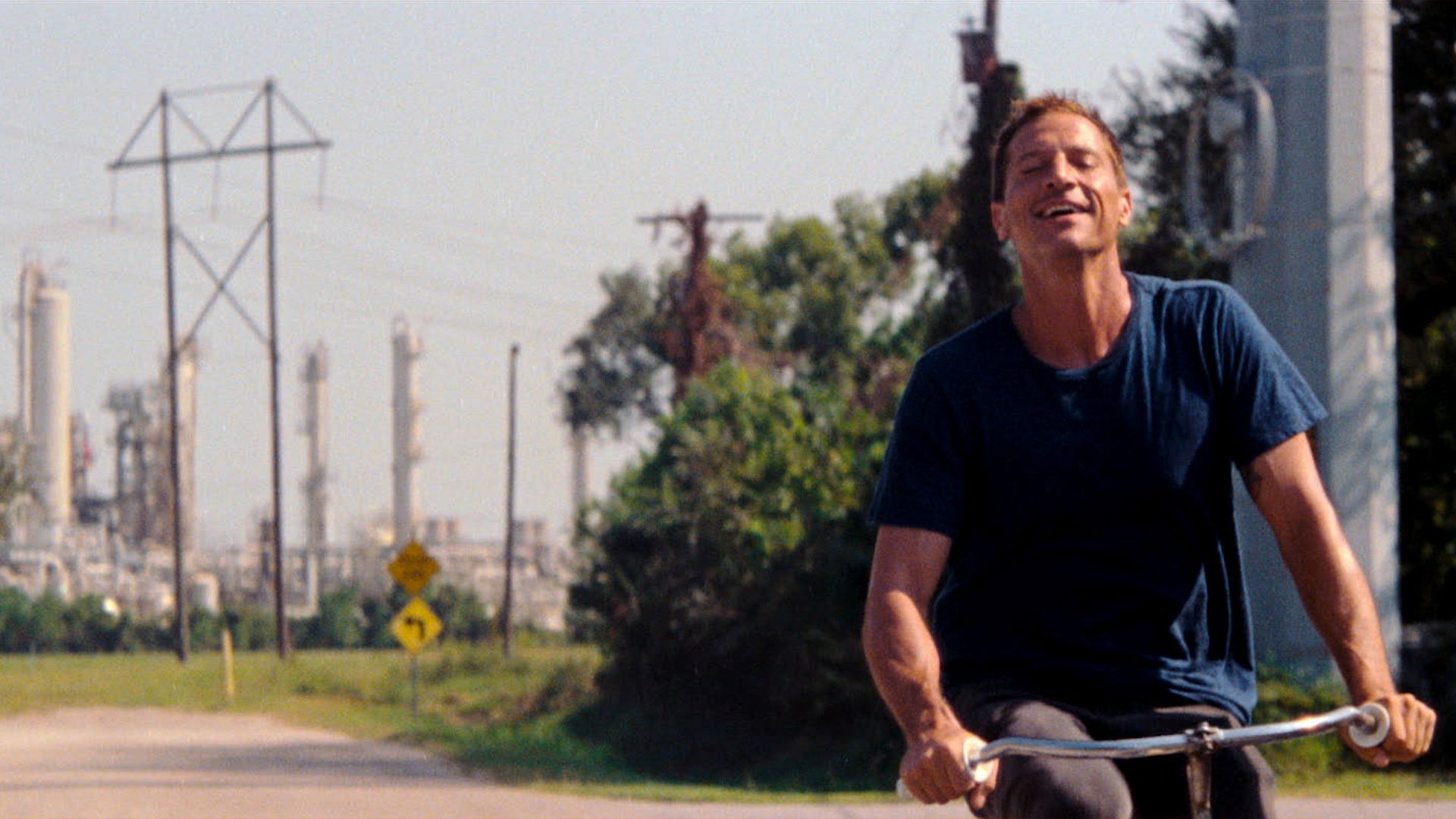
7. RED ROCKET
Where has Simon Rex been the last 18 years? Known primarily (at least until now) for his role as Uncle George in Scary Movie 3, Simon Rex has somehow managed to come out of the shadows to actually be a serious awards contender. Sean Baker’s latest is a portrait of middle America circa 2017, centered on a male porn star who comes home to Texas City, Texas in order to make a decent living, spurring any lies and embellishments to make him appear as “successful Hollywood.” With a loose spine to it, Red Rocket could certainly be “better” in terms of being a homogenic whole, but we wouldn’t love it as much even if it was so. Upon first viewing, Red Rocket may not amount to much, but you’ll think about how much you laughed and enjoyed yourself that you’ll feel compelled to return.
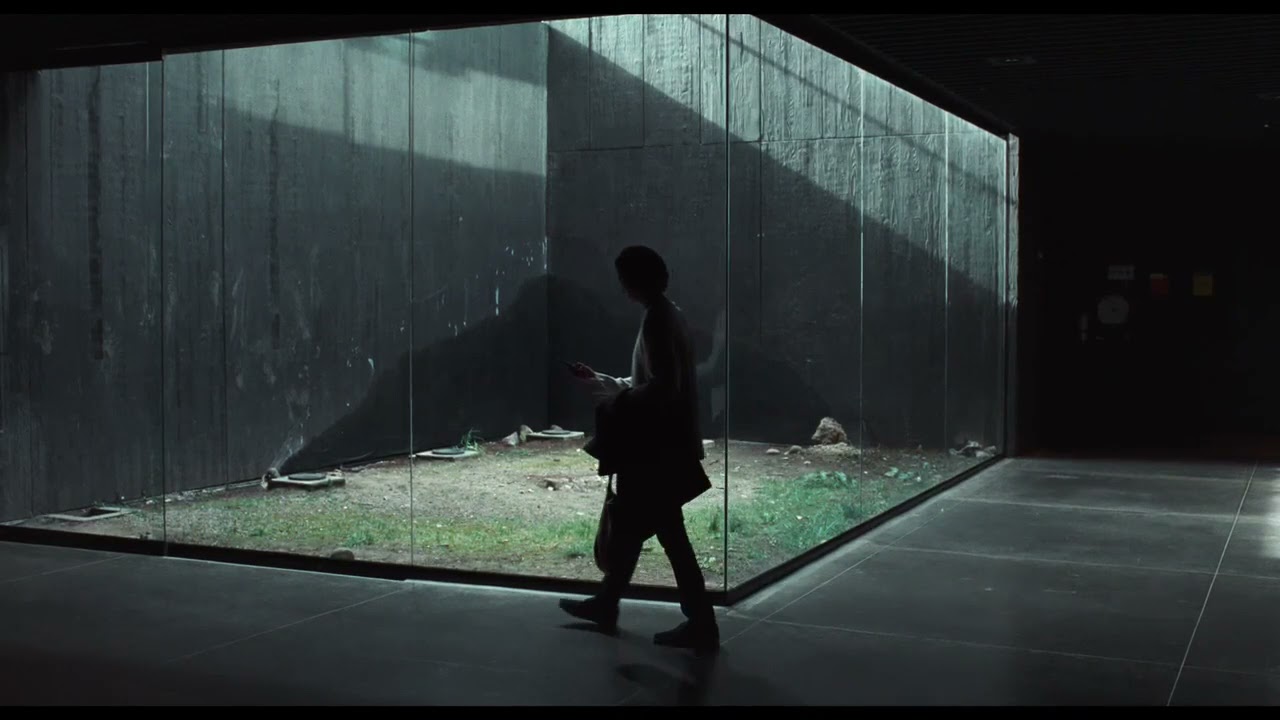
6. MEMORIA
More meditative than narrative, Memoria does not work on a conscious level, but an unconscious one. The sound plays a character, even going so far as to create a symphonic piece comprised of car alarms. Tilda Swinton anchors this film as a supposed widow haunted by a deep, low, “booming” noise to which she can’t find the source of. I remember seeing several audience members doze off during the film (me included.) But, I feel if I told that to Apichatpong Weerasethakul, he wouldn’t be mad.
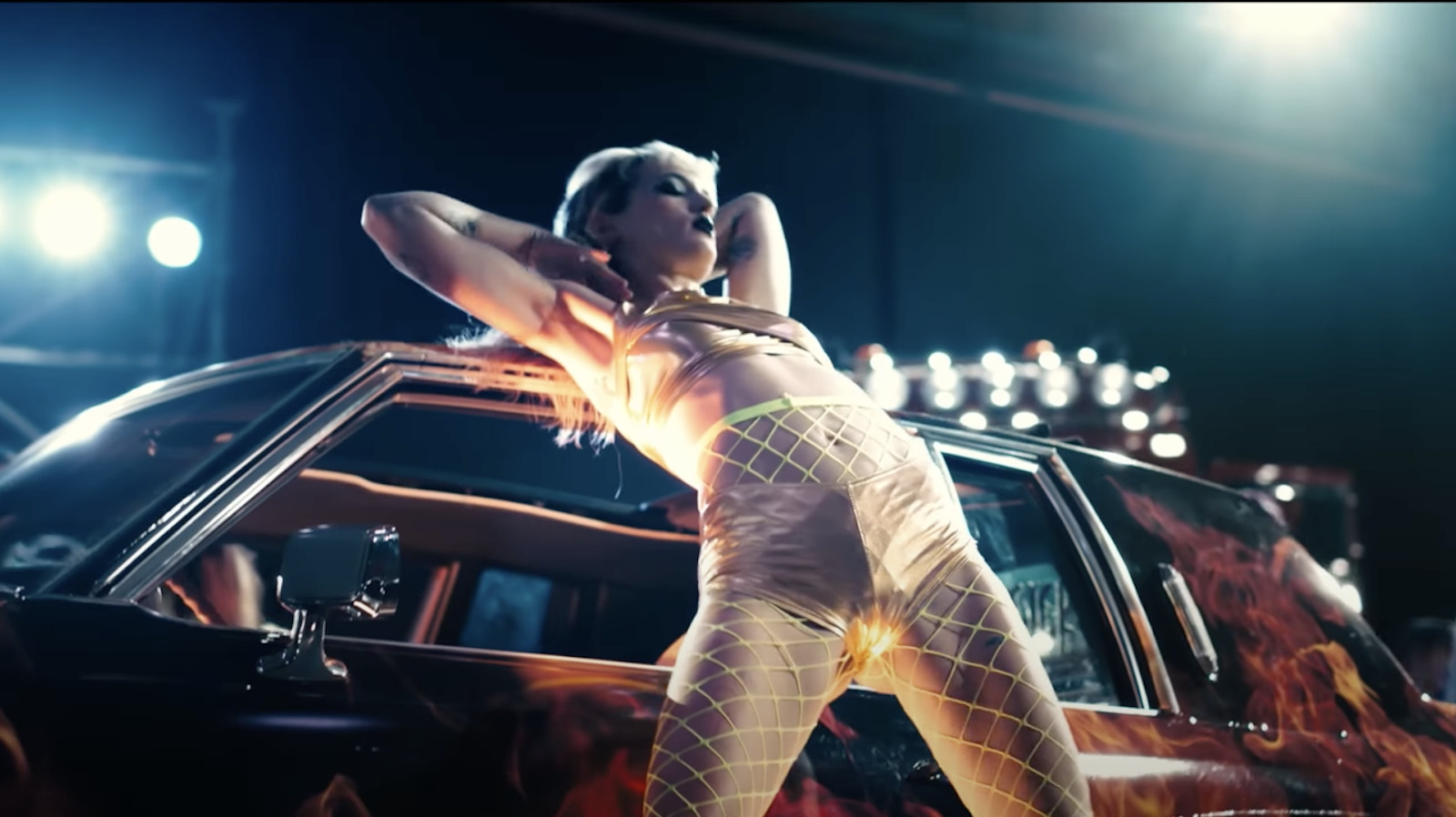
5. TITANE
This year’s Palme d’or winner proved to be the wild ride it was hyped up to be. Julia Ducournau’s body horror thriller has little to no dull time (despite its stakes being more grounded in its second half than the first). Regardless, its assault on masculinity is one to be studied, because of how unapologetic its tone is. And boy is it a fun ride. Despite what one thinks it may “mean,” it brought back the insanely fun time we haven’t seen in a theater since, well, perhaps Good Time. But I hate to make comparisons, because Titane’s cinematic signature is one that stands on its own.
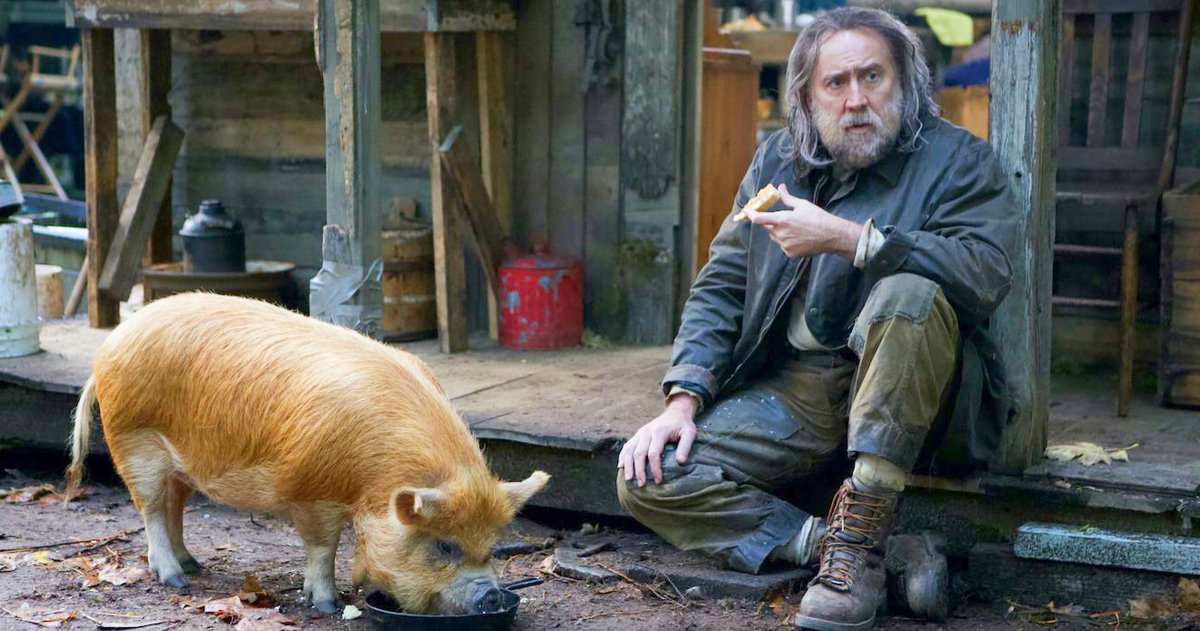
4. PIG
Knocking Babette’s Feast off the top of the list as the ultimate movie about food, Pig doesn’t sound as appealing on paper: a perfectly casted Nic Cage as a truffle hunter going after his stolen pig. But that’s merely the surface of it. Because beneath it is a fascinating commentary on class and how we ultimately find and consume our food. The film effectively peels back its layers to reveal its bigger picture, going to show that, at the end of the day, we’re all eating the same food, but it’s how we consume it that separates us all.
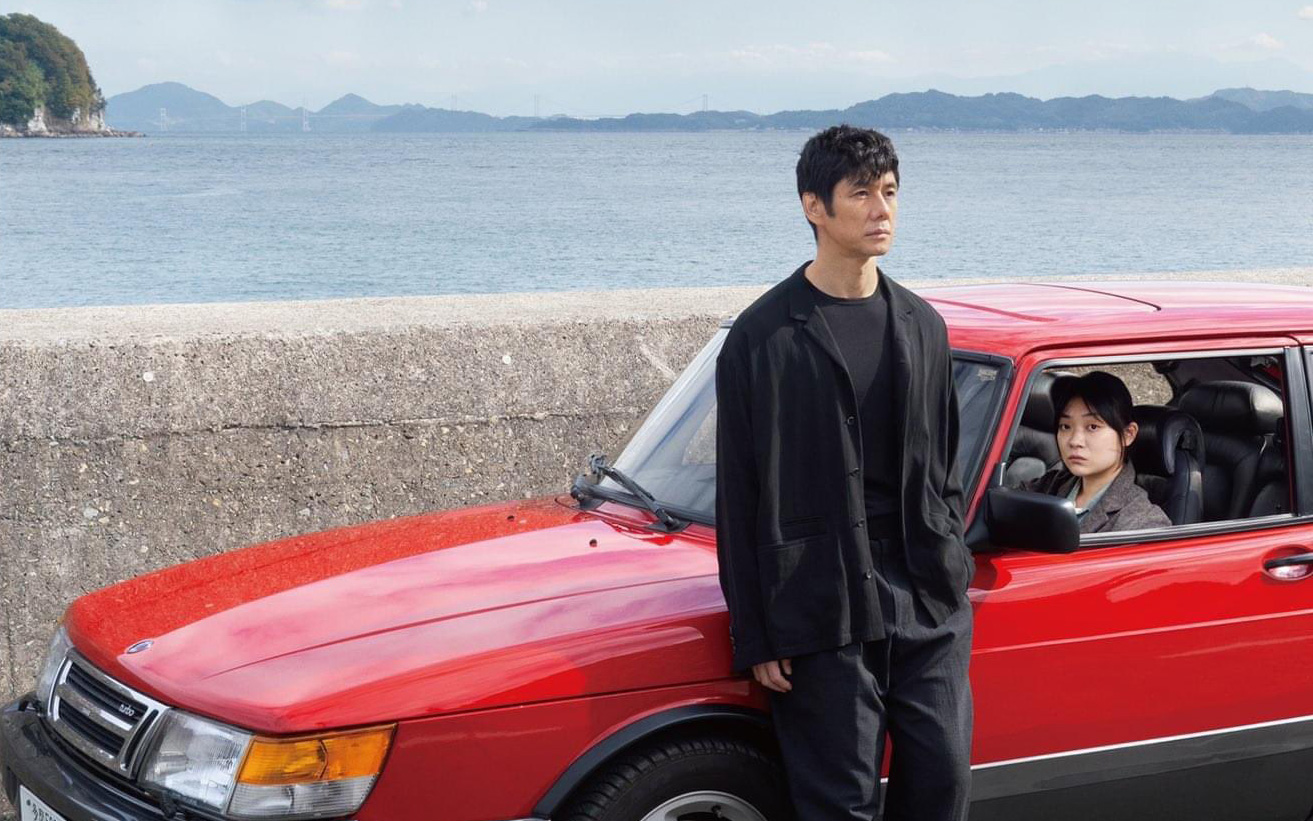
3. DRIVE MY CAR
There’s something intimate about a car ride with another person. We do it all the time, but we overlook how vulnerable we often become with one another. Perhaps the film with the longest prologue this year (the opening credits come in around the 50 minute mark), Drive My Car is all about internalization. A man finds his wife having an affair, but decides to do nothing about it. She then unexpectedly passes away, with his only solace being driving his car while rehearsing lines for a stage play he is directing. However, he develops an eye issue, forced to hire a driver. The conflict that’s been internalized is then forced to be externalized, and the silence and length that are at first tricked for self-importance, then becomes necessity, as Yusuke (Hidetoshi Nishijima) and Misaki (Toko Miura) find common ground in suppressing emotions. The ice is thawed, and these emotions are then relinquished on stage. It often feels you have no way to let go of these bottled feelings, until there’s a proper way for you to access them, like the intimacy of a compact vehicle.
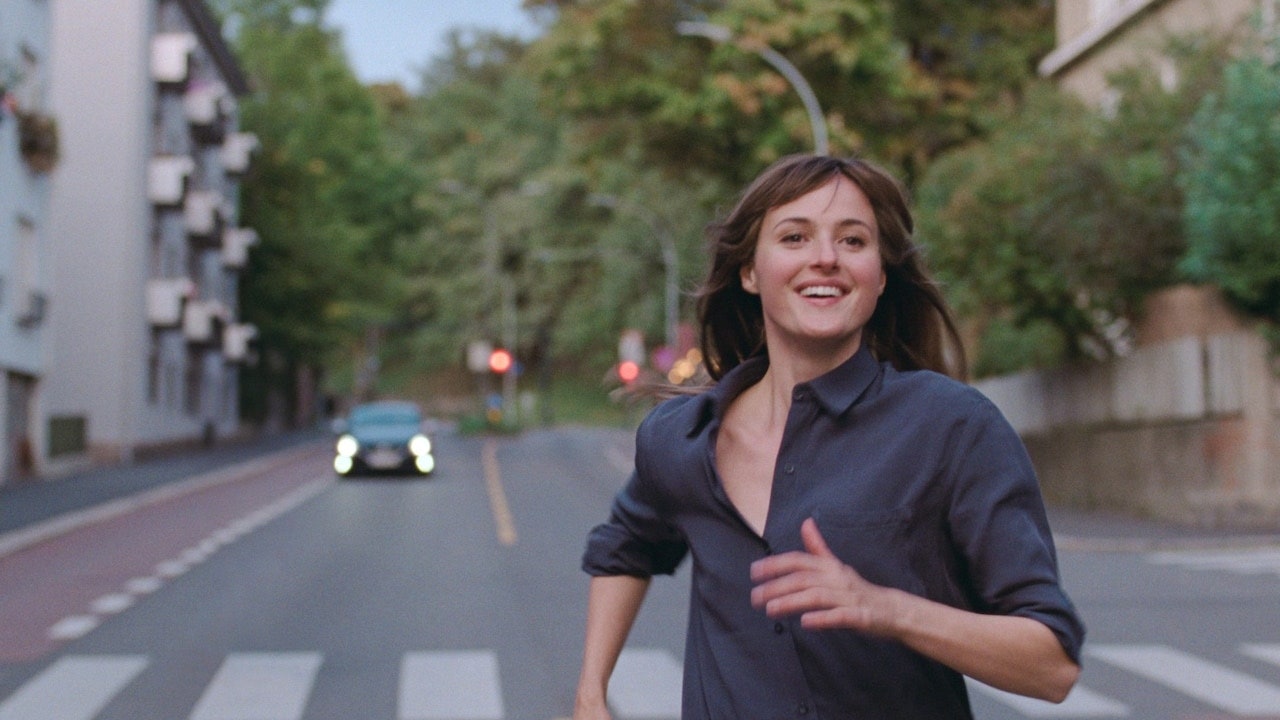
2. THE WORST PERSON IN THE WORLD
If you’ve struggled with regret for years, if you’ve constantly beat yourself up from something long ago, if you can’t seem to forgive yourself, then this film will empathize with you. The title says it all. It’s the feeling you have when you feel you’ve done something irreversible but had no choice, that feeling you get when it hurts you to hurt someone else. Many love stories are about the person who’s heartbroken, but this film is for the ones who had no choice but to walk away.
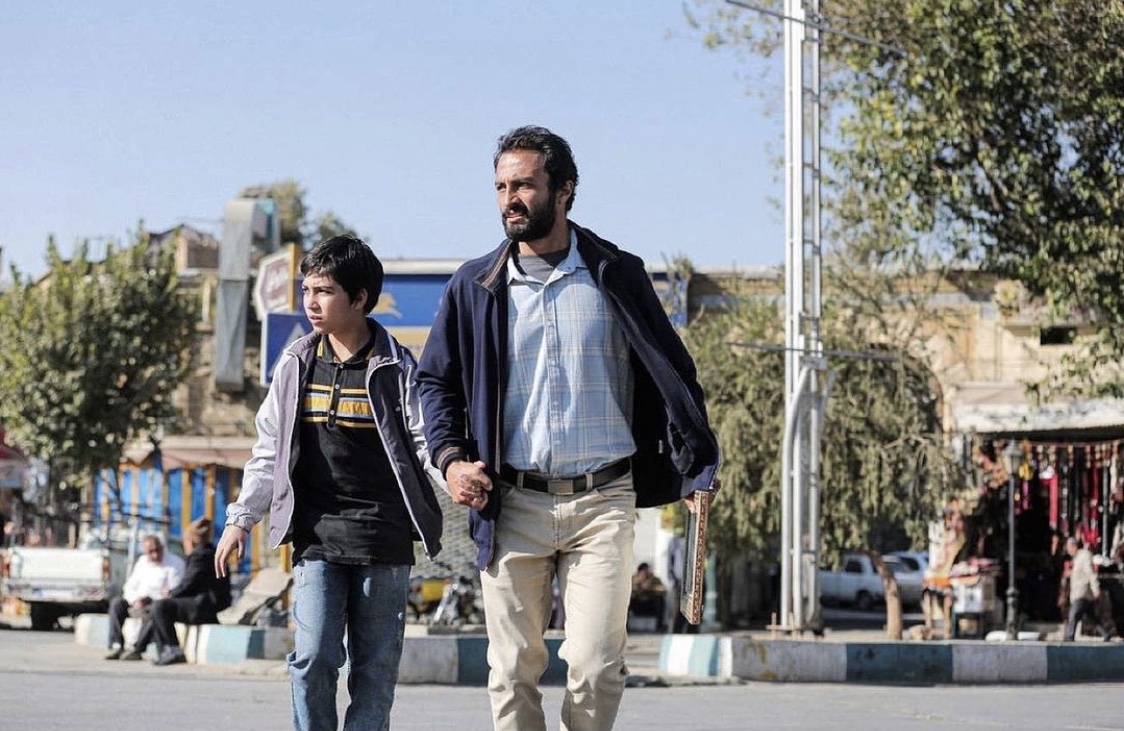
1. A HERO
A Hero takes on the notion of preconceived identity. On parole from being jailed due to debt, Rahim (Amir Jadidi) embellishes a story about him returning a bag of gold coins to its rightful owner, which then snowballs. Stakes. Jeopardy. Tension. It’s all there. What follows is a spiraling, crippling doubt if a felon can redeem himself by doing a good deed, ending with a resounding sentiment: a good deed isn’t a badge of honor.
